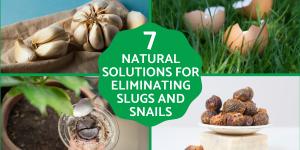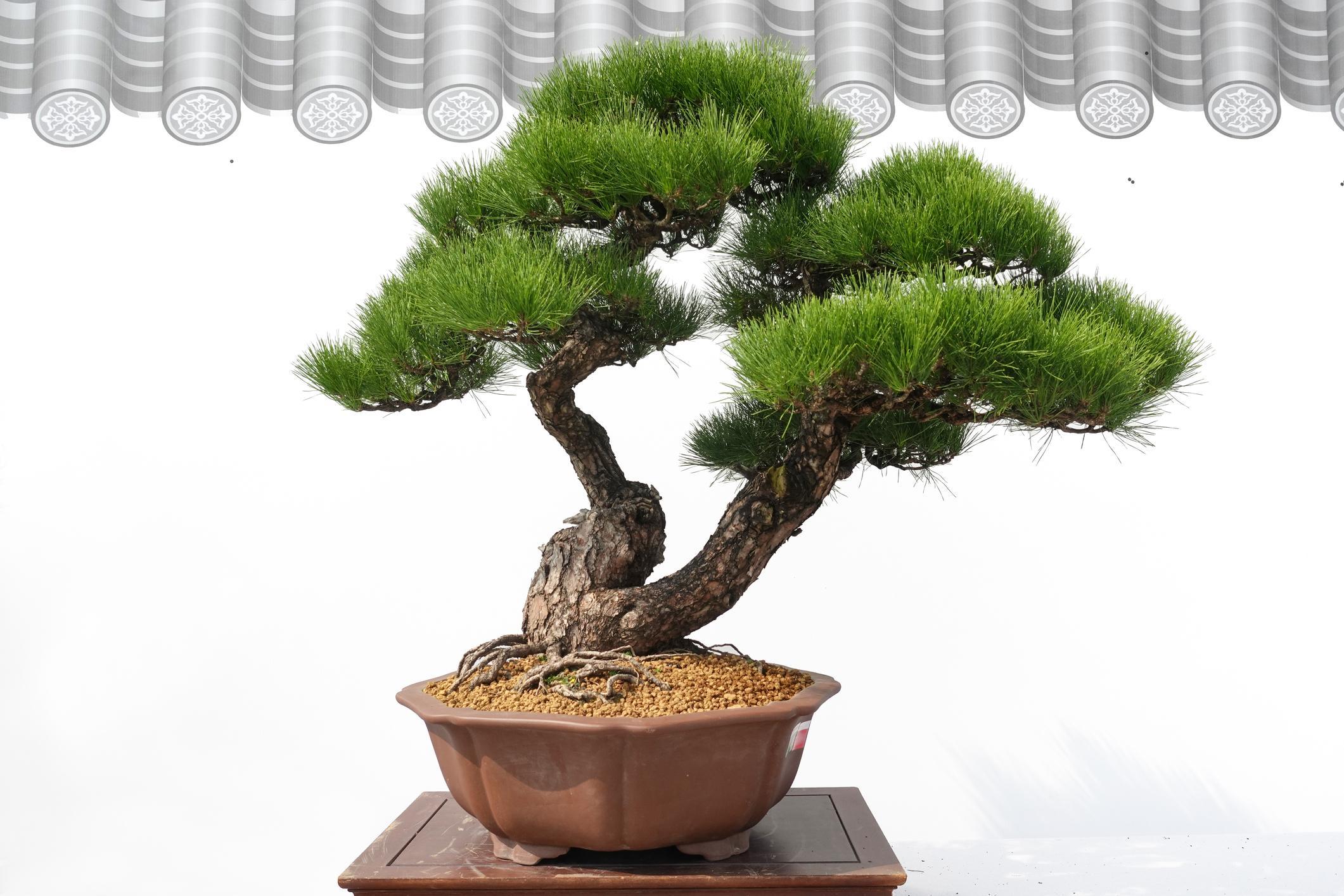What is Kiryuzuna Bonsai Soil?


Kiryuzuna is a substrate of Japanese origin used in bonsai that serves for water drainage, water retention, maintaining pH levels, root aeration and iron contribution. Bonsai cultivation is a complex art that requires the skillful use and knowledge of techniques such as cutting, wiring or pruning. Each individual plant has their own specific requirements in this regard. One important factor is the substrate used, something which also differs according to the specific plant you are growing. Some with need more drainage than others, some will have specific nutrient needs.
For this reason, thedailyECO explains one of the most traditional bonsai soils by asking what is kiryuzuna bonsai soil and what is it for? We discover the properties, benefits and uses of kiryzuna so you can know whether it is suitable for your bonsai plants.
What is the kiryuzuna soil?
Sometimes called simply kiryu, kiryuzuna sand, is a type of Japanese substrate used for bonsai. Bonsai is a horticultural art which uses very specific techniques to cultivate small plants in a small planter. They require a deep knowledge and attention which means every aspect is well catered for. This includes its soil. Due to the complex needs of different bonsai trees, different substrates are required.
The properties and benefits of kiryuzuna include:
- It is made up of small grains and is a type of river sand which comes from volcanic rocks. Due to this origin, it is a type of inert organic material.
- The origin is important. Kiryu is only obtained from the Gunma prefecture in Japan. Due to this exclusive nature, it can be both difficult to import from Japan and quite expensive.
- The pH is slightly acidic at 6.5.
- Kiryuzuna is rich in iron, an element essential for the synthesis of chlorophyll necessary for photosynthesis in plants.
- It is considerably resistant to erosion, mainly water erosion that comes from watering bonsai. This means that it will not require constant replanting and changing of the substrate because it does not disintegrate easily.

Uses of kiryuzuna soil
Now we know the properties of kiryuzuna, we can see how its benefits are put into actions. Here are the main uses of kiryuzuna soil for bonsai:
- It helps to retain a good level of water inside the container because the moisture is retained within its many pores, releasing it as it is needed. In addition, it allows the water not to stagnate, avoiding root rot. This is essential for bonsai trees. They have a high demand for water, but the bonsai should not spend too much time soaking in water because of its demand for air.
- Kiryuzuna also gives good structure to the soil, providing aeration, thanks to the large number of pores it has on the surface and the gaps it forms between each grain. Such aeration is important for root oxygenation.
- Kiryu helps the structure of the soil by not breaking down easily. It gives a stable structure to the soil that does not change much over time.
- Since it retains water, it is a great indicator to know if our plant is too dry. The kiryuzuna is light beige in color, but when it gets wet it becomes darker. If you notice that it is light in color, it indicates that your plant has not been watered for a few days.
- In addition to being useful for bonsai in general, this substrate is particularly recommended for those that grow very slowly and that are not going to be replanted in another container, because it does not fall apart easily and lasts for several years. Examples of this type of bonsai are conifers such as juniper or pines.
- It is also excellent for pines due to the slightly acidic pH that benefits this type of conifers.
Learn more about how you can benefit soil at home with our guide to making your own worm castings.
How to use kiryuzuna soil for bonsai
Kiryuzuna is always used in combination with akadama since it enhances the draining capacity of both substrates. It is commonly achieved in ready-made mixtures combined with akadama. These come in proportions already calculated so that the substrate is efficient. Kiryu usually comes covered in quite a bit of dust, so it should be washed beforehand and allowed to dry before placing it in the container.
Kriyu can also be found on its own which allow you to make your own substrate mixes. In general, it is prepared with a greater amount of akadama, such as in a 2:8 ratio. Another measure is that of 70% akadama, 25% kiryu and 5% charcoal, which is normally used for bamboo in bonsai.
This type of bonsai substrate has unique qualities, but if you can't get it, you can substitute pumice stone. This is because it has a similar hardness to kiryuzuna.

Differences between kiryuzuna and akadama
Since they are often used mixed together in the same bonsai substrate, many people are confused as to whether they should use akadama or kiryuzuna. Here show the differences between kiryuzuna and akadama so you can know what's what:
- The first difference we can notice from the color. The kiryuzuna is slightly more yellow than the akadama, which is more brown.
- Since kiryuzuna is very resistant, we will see that akadama is softer and more crumbly to the touch. This will affect the water retention capacity, being greater in the largest granules. Very small akadama tend to fall apart with prolonged contact with water and will need frequent repotting. Although kiryu does not, we may need to top of substrate mixes with more akadama since it disintegrates more easily.
- If we turn to the compositional characteristics of both, the higher iron content in kiryuzuna stands out when compared to akadama.
- We can also see a difference in the pH of both kiryuzuna and akadama. Kiryu is more acidic than akadama, which can be used for acidophilic plants. Some examples of bonsai made with acidophiles are hydrangeas or hydrangeas, Japanese maple (Acer palmatum) or azaleas.
For all the differences between the two substrates, one is not a substitute for the other. The recommended use is by combining both types of bonsai soil. Now that you know what the kiryuzuna is and what it's for, don't miss this article where you'll go deeper into what is akadama and its uses?

If you want to read similar articles to What is Kiryuzuna Bonsai Soil?, we recommend you visit our Gardening category.
- Kawasumii, M. (2005). The Secret Techniques of Bonsai. Japan: Kodansha International.
- Bonsai Sekai Magazine. (2021) Introduction to Bonsai. United States: Tuttle Publishing.







